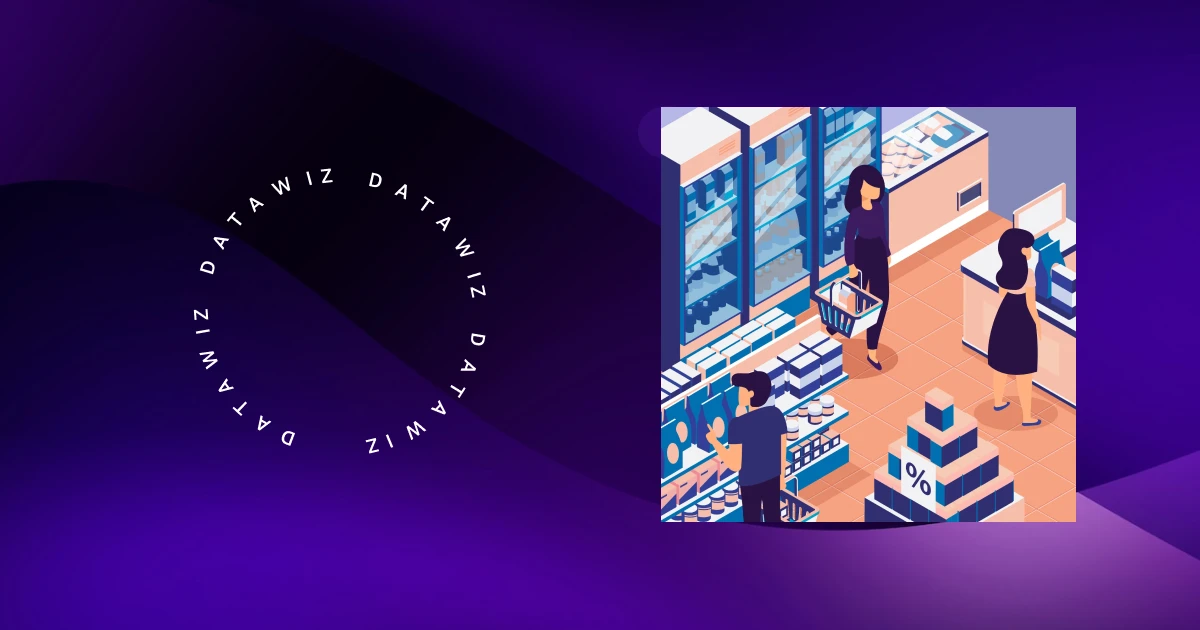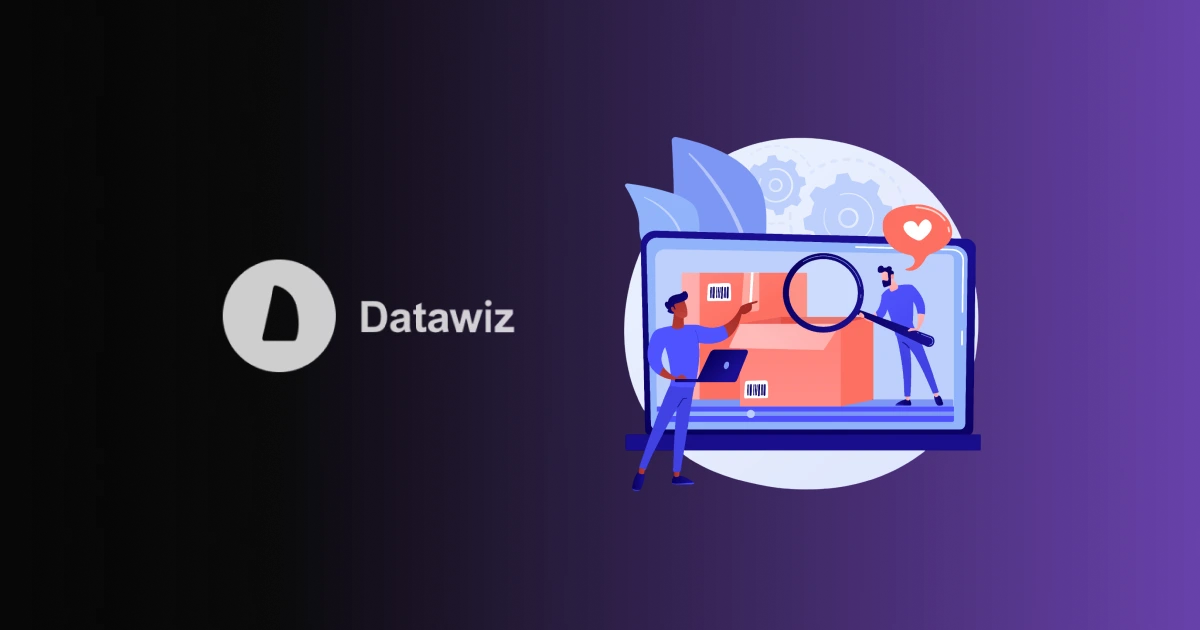Procurement process: stages, models and planning purchases
Without purchasing quality goods in time and in sufficient quantities, the retailer could find himself in a situation where there is nothing to sell!
The main task of the retailer in the procurement process is to profitably purchase goods in order to meet consumer demand.
There’s a purchasing department for this. It operates in order to know and understand what product needs to be purchased, where from, at what price, how it will be delivered, and how the purchasing system in retail will be organized.
The procurement process includes several stages:
- identification of needs;
- purchasing process;
- organizing the movement of purchased goods;
- managing business processes with suppliers;
- collection, analysis and transfer of information to other retail departments (accounting, sales department, transport department, etc.).
In the procurement process, the department identifies the need to purchase particular items, selects and evaluates specific brands of goods and suppliers. Procurement planning makes it possible to form the optimal range of goods, select a supplier, and thus ensure the efficient operation of the entire chain store.
In addition, the purchasing department is faced with the issue of organizing the purchase process - centrally or locally managed?
Stores of the retail chain that are far from each other choose a local option for organizing purchases.
Local purchases
In this case, the entire procurement process becomes the responsibility of store managers. The advantages of such a purchasing system include a more flexible approach to meeting the urgent needs of stores, more accurate matching of supplies to requests, as well as the ability for each store manager to control the entire purchasing process.
In addition, this is an opportunity to purchase goods from local manufacturers and the ability to adapt to local conditions. And this, in turn, makes it possible not to waste resources on goods logistics over long distances. Another advantage can be considered as the speed of response to the additional purchase of the missing goods.
But this type of procurement system has many disadvantages. For example, uncoordinated planning, inconsistent image, limited control, and lack of discounts due to small procurement volume. In addition, the delivery cost increases, the volume of packaging materials increases, as well as the risk of duplicating orders and the formation of surplus stocks. Therefore, retailers often choose centralized purchases.
What are the advantages of centralized purchases?
The centralized procurement model is more time and cost-efficient. Since such purchases are organized by one department at the central level, duplication of the purchased goods is excluded.
Also, combining all purchases of similar products allows retailers to get good discounts from suppliers. A single contact with the supplier is also an advantage of centralized purchasing. And another important advantage can be considered as the concentration of responsibility for the purchases made, which in turn facilitates management control. Thus, a centralized purchasing model is an integral part of the retail strategy and allows better control of stocks, prices, and efficient use of resources.
But this option also has its drawbacks. This is the lack of flexibility, procrastination, and excessive uniformity of goods. In addition, this model is "not affordable" for small and medium-sized businesses, since it requires a lot of money to invest in the procurement department.
Thus, there are pros and cons for one model and the other. There are retailers that combine the advantages of both models. But no matter what model the retailer chooses, he must understand that the main thing is analysis, which is not possible without an analytical information system.
An example of an analytical system that allows you to analyze and plan stocks can be the analytical platform Datawiz BES.
Let’s consider the advantages of the platform for the procurement system.
So, Datawiz BES analytics allows you to:
- Estimate the frequency of purchases.
- Analyze major inventory trends.
- Detect the out-of-stock in the warehouse (store).
- Detect surplus.
- Find illiquid (stale) assets.
- Identify oversorting (an excess of one type of product with a simultaneous lack of another type of product).
- Determine the ratio of stocks and sales, etc.
The objects of analysis can be both individual goods, suppliers, stores, and the entire retail chain as a whole.
Such an analytical platform of Datawiz BES is not only a management tool, but also a control tool in the hands of retail management!
 Co nowego?
Co nowego?




 Nie potrzebna karta bankowa!
Nie potrzebna karta bankowa!